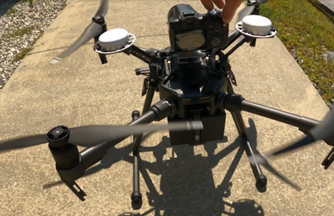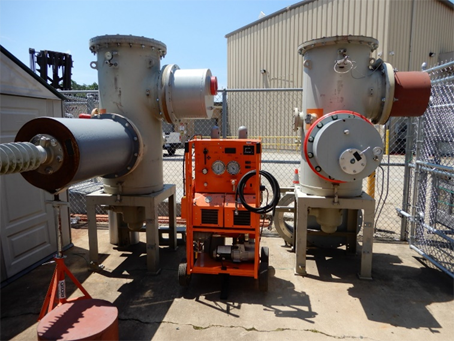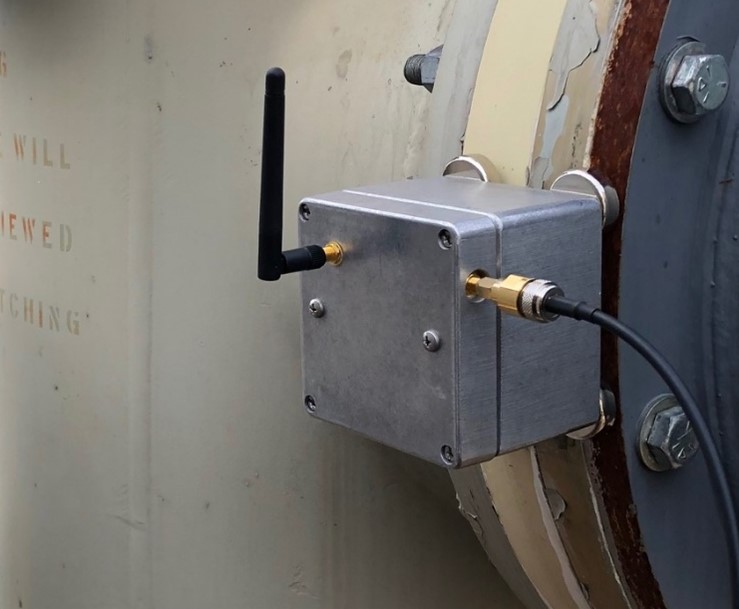Research Result Summaries

SF6 Leak Detection The latest developments in this task are that preparations are underway for leak detection from UAVs. This work builds on the completed research at ground level and at different temperatures and distances.

SF6 Alternatives Research is progressing on laboratory testing of alternatives. Updates are in two EPRI laboratories – one looking at the gas handling and one looking at the new gas circuit breaker technologies.

Guidebook Development The research tasks conducted each year allow for the continued expansion of the GIS and GIL guidebook. Follow the link for more information